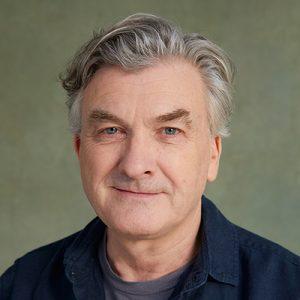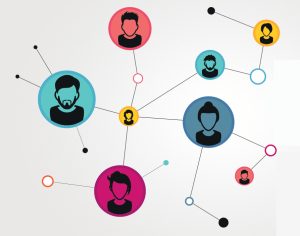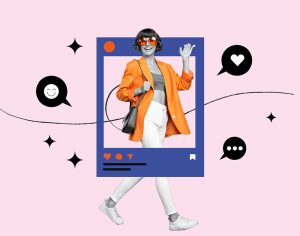I came into the discipline from an engineering background having graduated in a BSc course called “Engineering Product Design”. Very few of us on the course had a single clue what we were studying it for, but all enjoyed the process and skills we were learning. Even some of the lecturers were muddled – I remember having to study the construction of roof trusses at one point. But, Bill Bond, the course founder knew exactly what he was doing. He ran an engineering unit associated with St Mary’s Hospital that, among other things, developed prosthetic limbs for amputees. He found that the traditional engineers he had available were uncomfortable with the human side of design – they preferred to interface their machines with other machines. So, he started a design course that combined technical design with human studies of styling and ergonomics to produce more rounded designers suitable for his needs.
The human side of design appealed to me, and I managed to segue into a product design role at the design company IDEO with the guidance of my peers and betters, but particularly with one of the founders, Bill Moggridge. In the early years, the role of the product designer was straightforward, some joked we designed everything architects didn’t have time or the inclination to do – physical things from chairs to telephones. It always amazed me that, when asked about my career, nobody thought a designer was needed to create their washing machine, garden rake or toothbrush – they somehow just came about. Perhaps they thought engineers did everything, but they knew buildings needed architects as well as structural engineers.
It is perhaps the fluidity of the product designer’s role that makes them so enigmatic. However, that adaptability to take on the design of a vase one day and an operating theatre the next has allowed the product designer to adapt and change as the needs of people and technology evolve over time. Some of the early mobile phones I designed needed a wheelbarrow to cart them around, today Jony Ives is famous (and probably one of the few commonly known product designers) for designing the 1.36bn compact iPhones that are in everyone’s pockets.
In the 80s, Bill Moggridge realised that the traditional role of the product designer was changing from designing the physicality to the interactivity of things when he created the first-ever laptop, the Grid Compass. Proud of its sleek black magnesium case Bill was disappointed by the incomprehensible matrix of numbers and letters shown on the tiny rudimentary display – understandable only by the engineers that created them. This set him on the path of ‘user interface design’ as he described it, or UX as we call it today. Whatever it is called, it is still a branch of product design, essential for making produced items appealing and useful to their human recipients.
A good friend of mine, Philip Davies, runs the product and furniture design course at Kingston Art College. One of the early projects he set for the students is to design a stool. Stools have been around since the dawn of civilisation and couldn’t be simpler in construction. If an engineer designed it would probably have three legs to be stable, it would be strong, light and efficient to manufacture, but bloody uncomfortable and possibly quite ugly, and so nobody would want it. You would have thought by now every stool that could be, already exists, but I am amazed year-on-year at the variety, integrity, ingenuity and elegance of the students’ output. This task to design such a basic thing trains the student to assimilate a multitude of factors: material characteristics, user needs, assembly and manufacturing requirements, price, values, aesthetics, regulations, sustainability and the list goes on. Once understood they must then make creative leaps and combine all these factors into something delightfully new and useful. This is the very essence of product design, and it doesn’t matter if the task is a simple stool or the flight controls of the space shuttle the same process applies. Phil has set them up for a life of creative adventure.
Since the UK has stopped being a manufacturing country of any significance, graduates of our world-class design colleges have found employment in a multitude of industries from Bill’s world of UX design to roles in the service industry, and are even designing fantasy products in the virtual worlds of film and gaming. Their adaptability is astounding. Some, like me, have found themselves working in the world of consumer goods and branding. Design everything from Hula Hoops to denture fixatives. A Mars bar is still a thing that needs to be manufactured and used by humans and thus needs a chocolaty interface between its confectionery technology and its hungry consumer.
Like Bill Moggridge back in the early 80s, I realise today there is a new frontier emerging. Back then we were grappling with how amazing opportunities, presented by digital technology, could enhance people’s lives. Today we are challenged with something far greater – saving our planet. The solution will be found, as it was back then, in the combination of utilising emerging technology with the engagement of people. We cannot get to net-zero carbon or have a circular economy without people playing their role and without technology giving us a helping hand.
So, if you product designers out there, with your unique skill sets of technical and human understanding and ability to make creative leaps, are wondering what your role is in life. Look no further. You probably have the biggest challenge mankind has ever had right in front of you.
Share via:









































